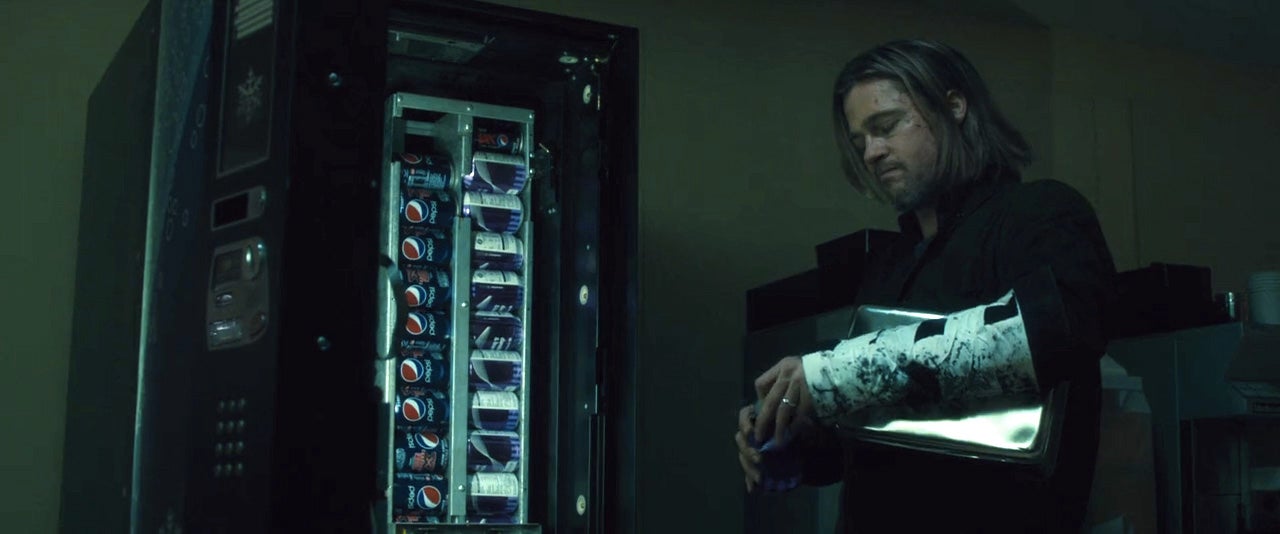In the early 2000s, the CBS show Hawaii Five-O caused a small stir not for a dramatic plot twist or intrigue among the cast, but for two words of dialogue. When one character is unsure of something, her partner suggests she “Bing it,” referring to Microsoft’s search engine, which still lags behind the market’s (and the English language’s) search engine of choice, Google. Fans reacted badly, openly deriding the idea that anyone would say “Bing it” in conversation.
This is just one example of an overt misstep, as brands increasingly turn towards product placement in movies and popular television shows as a form of advertising. Others include Smallville’s 12 second Acuvue spot (complete with “Acuvue to the rescue!”), Shark Tank’s devotion to T-Mobile, and Bones’ regular extolling of the virtues of the Toyota. As a strategy, product placement seems like a combination of the best of all marketing tactics: association with influential people and favorite shows, consistent and daily exposure, subtlety and versatility, and—helpfully—a degree of unavoidability.
Yet, as the scholars Elizabeth Cowley and Chris Barron write in the Journal of Advertising, it can backfire just as badly as any other form of advertising. Early on, product placement’s advantage was that it was almost subliminal. This was key to its success. But, as Cowley and Barron explain:
one of the perceived advantages of product placement is that when consumers are presented with a stimulus and a context that is construed to be an entertaining experience, they will not activate their marketplace-related social intelligence, however deeply developed… That is, the advantage that product placements have over traditional television advertising is ascribed to the placement’s hidden motive of persuasion. Marketing practitioners perceive product placements as vehicles by which brand promotion occurs under consumers’ radar.
Today’s consumers, however, are far from passive receivers of the media they like. They are keenly aware of brands, of messaging, of products, and they have opinions (often strong ones), especially if they feel that their hour-long escapes are being used as yet another sales avenue. The writers explain that seeing a prominent product placement or a sequence that seems designed to sell, rather than entertain, “could interrupt the viewing experience,” reflecting badly on the offending brands.

Marketers run a higher risk of this in programs and entertainment where viewers and consumers are highly invested and in tune with the content, in comparison to ones where they’re only half paying attention. Counterintuitively, it might be a savvier brand strategy to be cautious of the most popular programs. Marketers might instead target fare that is commonly watched, but not universally adored.
Weekly Newsletter
Brands, however, may be less persuaded to spend their advertising dollars for less popular programs, missing out on seeing their brands in the hands of culturally beloved characters. But a less risky approach can nonetheless be effective. The writers explain:
Viewers who are lower in program liking (LPL) are less likely to be attentive while watching a television program because they are less reliant on the program to satisfy their entertainment goals… Lower levels of attention are unlikely to be accompanied by perceptions that a placement is intrusive.
Despite their low levels of attention, the researchers found that these viewers’ brand attitudes shifted when they were exposed to brands in media they consumed, even if they didn’t explicitly remember seeing it. “Conversely,” the writers warn, “consumers who like the show are quite negative toward the prominent placements.”
It was a lesson brands could have used in the early 2000s: later on in Hawaii Five-O, Subway sandwiches tried to make a guest appearance. Fans, now primed to spot product placement, were not impressed.
Support JSTOR Daily! Join our new membership program on Patreon today.







